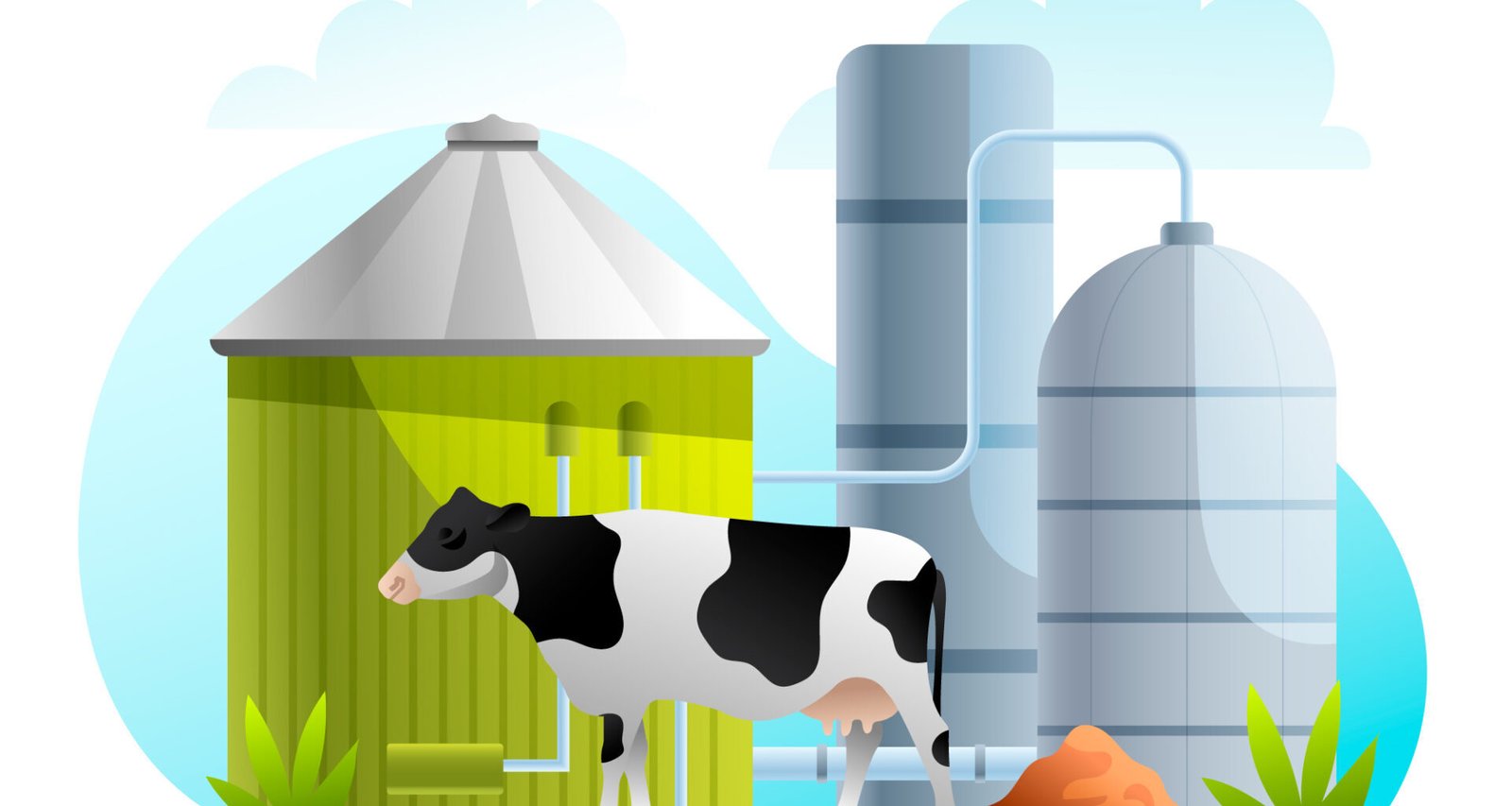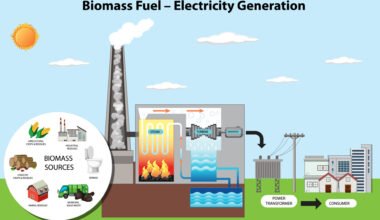What is methane, and how can it be used as a sustainable energy source? Methane is a flammable gas that is the primary component of natural gas. It is a versatile fuel that has several properties that make it an attractive energy source.
In this article, we will explore the properties, uses, and potential of methane as a sustainable energy source. We will also look at methods for capturing and utilizing methane, research and development in the field, and methane emissions reduction.

Methane as a Sustainable Energy Source
Methane has a high energy content, burns cleanly, and emits less carbon dioxide than other fossil fuels. It can be used for heating and cooling buildings, fueling vehicles, generating electricity, manufacturing chemicals, and producing hydrogen gas.
Methane is primarily composed of natural gas that is used in homes and businesses for heating and cooking. It can also be used as a fuel for vehicles, either in compressed natural gas (CNG) form or as liquefied natural gas (LNG). This has the potential to reduce greenhouse gas emissions from transportation, as methane emits less carbon dioxide than gasoline or diesel.
Methane can also be used to generate electricity. Natural gas power plants are a cleaner alternative to coal-fired power plants, as they emit less carbon dioxide and other pollutants. It can also be used as a feedstock for chemical manufacturing, such as in the production of methanol and hydrogen gas.
Methane Capture and Utilization
Methane is a potent greenhouse gas that is emitted by landfills, wastewater treatment plants, and agricultural operations. Capturing and utilizing methane from these sources has the potential to reduce greenhouse gas emissions and provide a source of renewable energy.
Several methods are available for capturing methane, including at landfills and wastewater treatment plants. Methane can be purified and compressed for use in natural gas vehicles or for injection into natural gas pipelines. Captured methane can also be used to generate electricity, either through the use of internal combustion engines or by producing steam to drive turbines.
| Advantages | Disadvantages |
|---|---|
| Reduces greenhouse gas emissions | High cost of building and maintaining biogas plants |
| Produces a renewable energy source | Potential for odor and noise pollution |
| Can be produced from organic waste | Requires specific technology and infrastructure |
| Provides economic benefits for farmers and waste management facilities |
As we delve into the next section, “Biogas Production,” we will examine how biogas, yet another valuable source of methane, is created and utilized to contribute to sustainable energy solutions.
Biogas Production
Biogas, closely linked to the topic of methane, is generated through the anaerobic digestion of organic materials like agricultural waste, food scraps, and sewage sludge. This renewable energy source predominantly consists of methane, accompanied by smaller proportions of carbon dioxide and other gases.
The process of biogas production offers several merits, notably in mitigating greenhouse gas emissions and providing a sustainable energy source. Nevertheless, it also presents drawbacks, including the substantial expenses associated with constructing and sustaining biogas facilities, as well as the potential for odor and noise pollution.
The Impact of Biogas Production on Rural Communities
Biogas production has the potential to not only provide a sustainable energy source but also positively impact rural communities. I had the opportunity to visit a small village in India where a biogas plant was implemented, and the changes were remarkable.
Before the biogas plant, the villagers relied on firewood and kerosene for cooking and heating. The women and children would spend hours each day collecting firewood, which not only put a strain on their time but also on the local ecosystem. The smoke from burning firewood and kerosene also led to health problems among the villagers.
After the biogas plant was implemented, the villagers no longer had to rely on firewood and kerosene. Instead, they used the biogas produced from animal waste to cook and heat their homes. The plant also provided a source of organic fertilizer, which increased crop yields and improved soil quality.
The impact on the community was significant. The women and children no longer had to spend hours collecting firewood, giving them more time to focus on education and other activities. The improved air quality also led to fewer health problems among the villagers. The increased crop yields also provided a source of income for the community.
Overall, the implementation of the biogas plant not only provided a sustainable energy source but also had a positive impact on the local community. It’s important to continue researching and developing sustainable energy solutions that can benefit both the environment and communities around the world.
Methane Hydrates
Methane hydrates are a potential source of energy found in permafrost and deep ocean sediments. These are composed of methane gas molecules trapped within a lattice of water molecules. Methane hydrates are estimated to contain more energy than all other fossil fuels combined. However, the extraction and use of methane hydrates pose several challenges and concerns. One main concern is the potential for methane hydrates to destabilize and release large amounts of methane into the atmosphere, which could accelerate climate change.
Reducing Methane Emissions
Methane emissions come from several sources, including oil and gas production, coal mining, and livestock farming. Methane is a potent greenhouse gas that contributes to climate change. Reducing methane emissions is an important part of mitigating the effects of climate change.
Several methods are available for reducing methane emissions, including improving production processes, implementing advanced technologies for capturing and utilizing methane, and regulating emissions from various sources. For example, some companies are using drones equipped with methane sensors to detect leaks in pipelines and other equipment.
Research and Development
Ongoing research and development in the field of methane as a source of energy includes innovations in methane capture and utilization, such as using microbes to convert methane into useful chemicals. There is also research into the potential of using methane as a feedstock for the production of hydrogen gas, which has the potential to be a clean and renewable fuel source.
Conclusion
Methane is an important source of energy that has numerous applications in our daily lives. By capturing and utilizing methane from various sources, we can reduce greenhouse gas emissions and provide a source of renewable energy.
However, it is important to consider the challenges and potential drawbacks associated with the extraction and use of methane hydrates and biogas. Ongoing research and development in the field of methane as a sustainable energy source has the potential to unlock significant benefits for our planet and future generations.
When it comes to reducing greenhouse gas emissions, every little bit helps. As such, it is important to take action wherever possible. For more information on the importance of methane emissions reduction, check out the US EPA’s guide. Additionally, for more information on biogas production, check out this student’s guide to global climate solutions.
FAQs
Q: What is methane and how is it used as energy?
A: Methane is a gas produced from organic matter, which can be burned to generate electricity or used as fuel for vehicles.
Q: Who benefits from using methane as an energy source?
A: Both the environment and energy consumers benefit from using methane as a clean and cost-effective energy source.
Q: How is methane extracted and processed for energy use?
A: Methane is extracted from natural gas reserves, and then processed to remove impurities before being used as energy.
Q: What are some objections to using methane as an energy source?
A: Some people may object to the use of methane due to concerns about methane leaks and the environmental impact of extraction.
Q: How does using methane compare to other energy sources?
A: Using methane as an energy source is often more cost-effective and produces fewer emissions than other fossil fuels.
Q: What is the future of methane as an energy source?
A: Methane is expected to continue to play an important role in the transition to cleaner energy sources, particularly in transportation and electricity generation.








